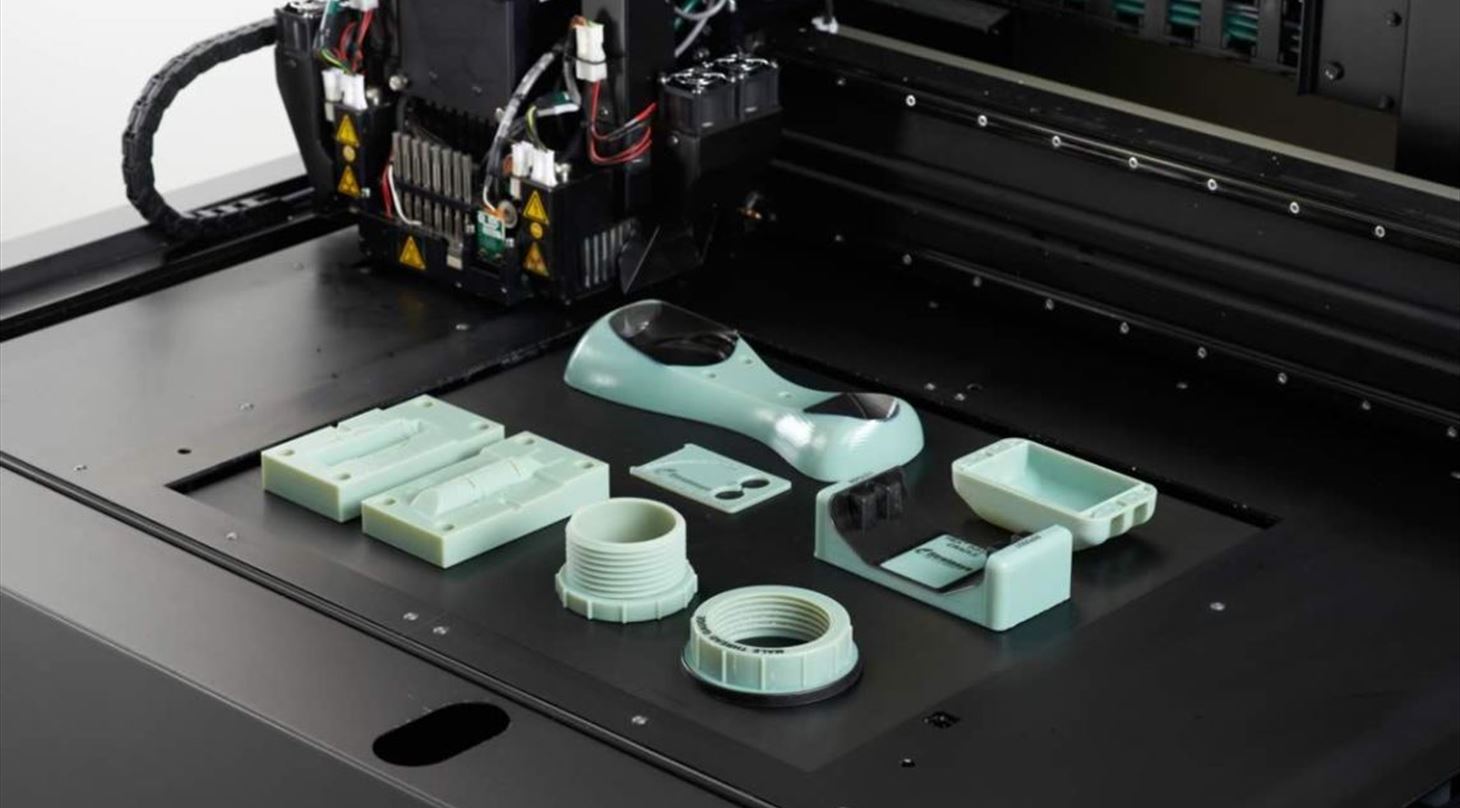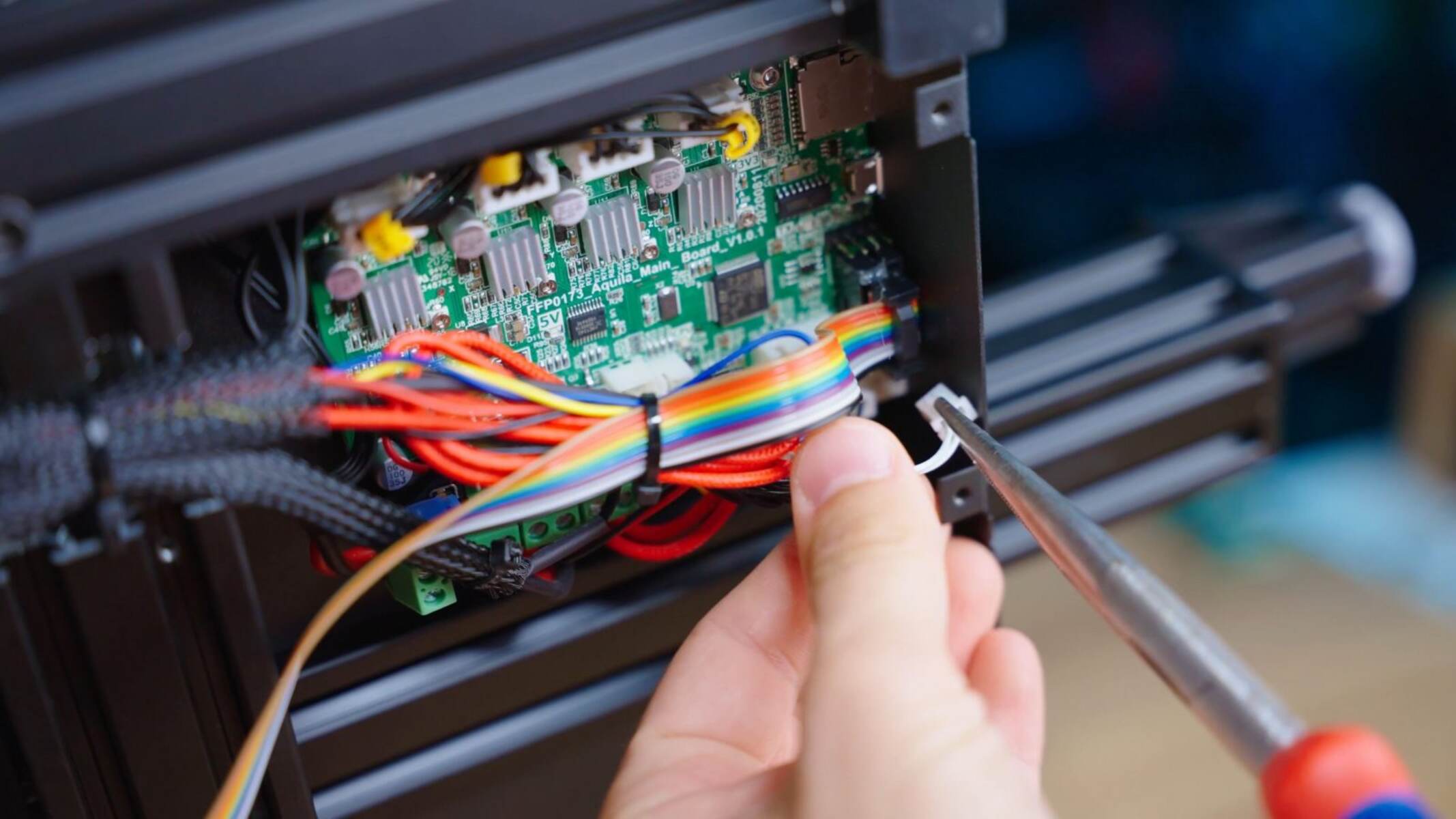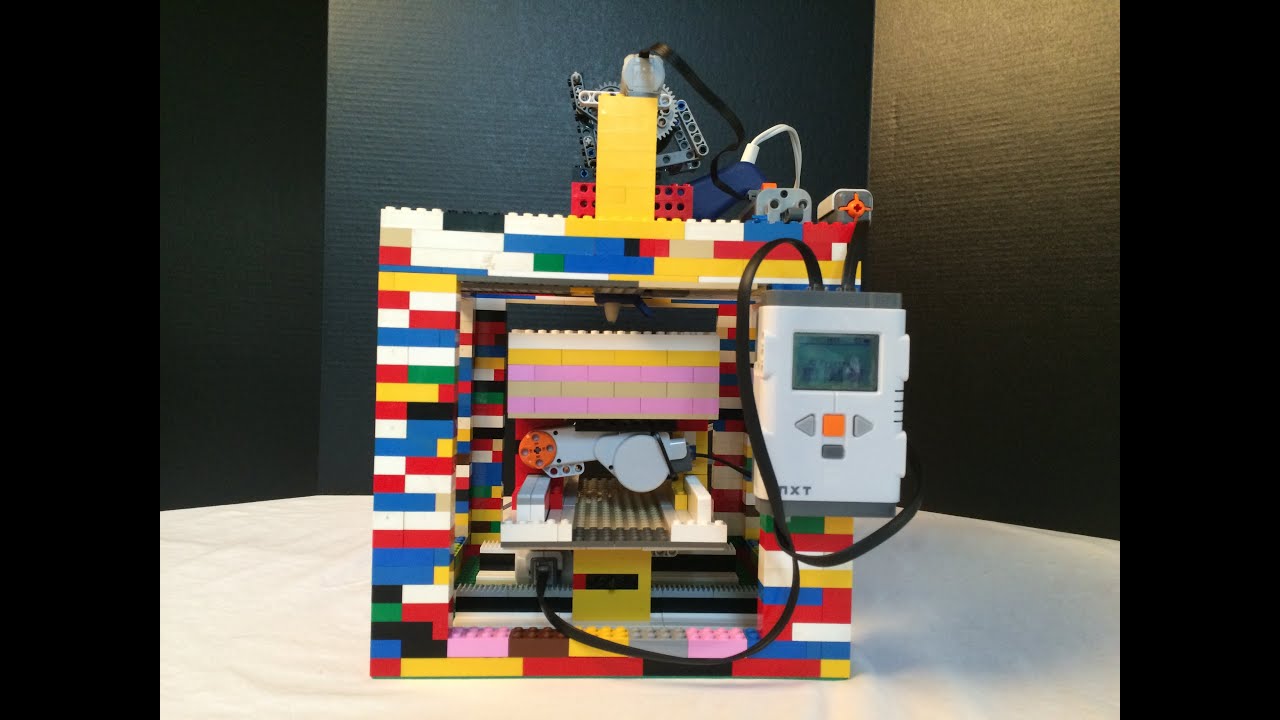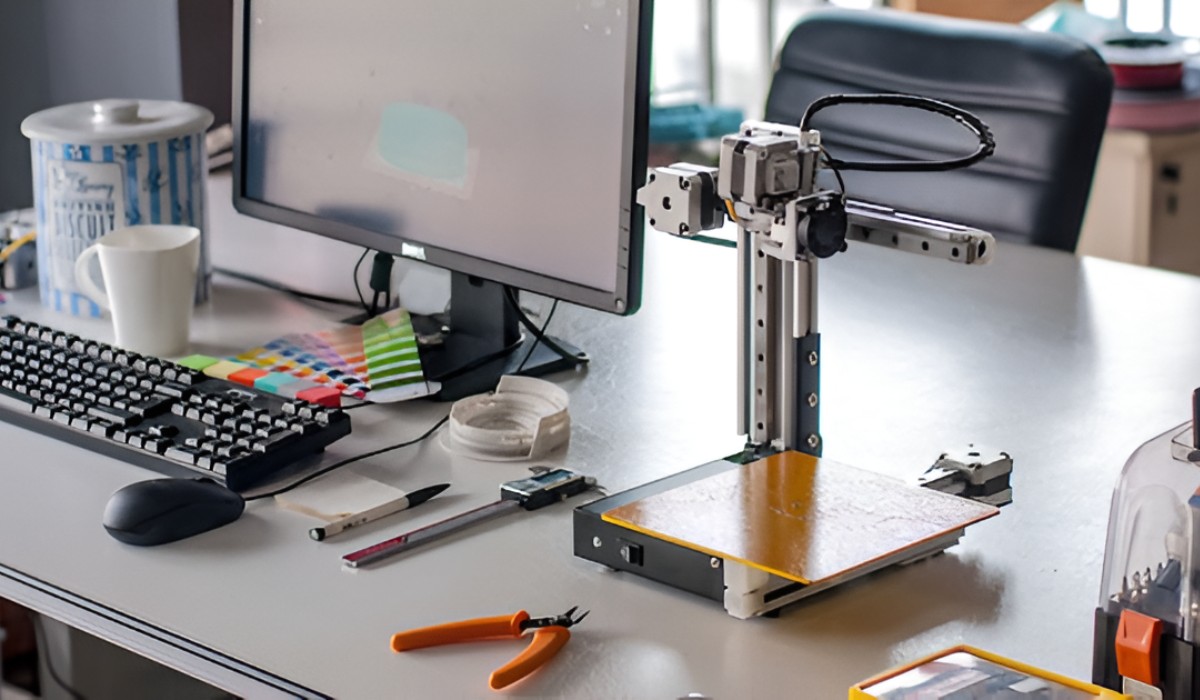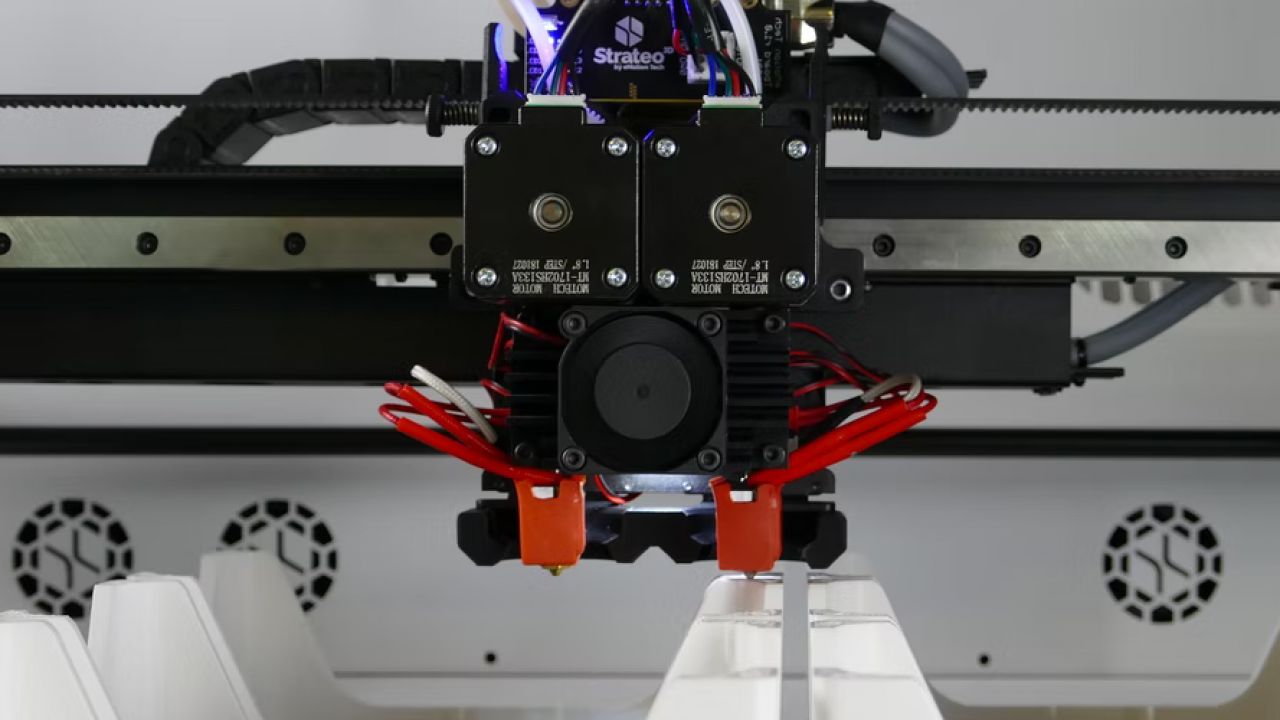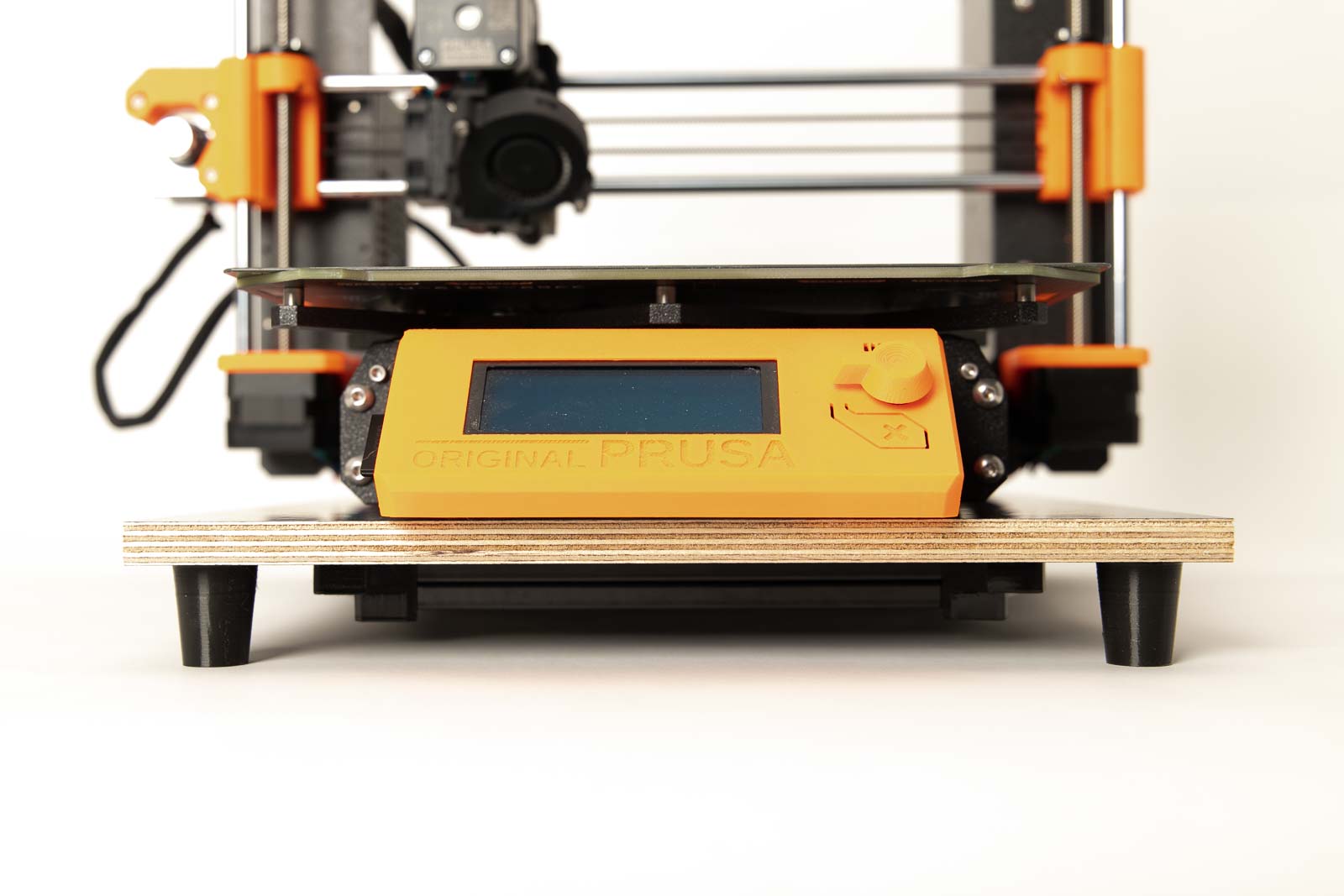Introduction
3D printing, also known as additive manufacturing, has revolutionized the way we create and produce objects. This technology has gained immense popularity due to its vast applications in various industries, including manufacturing, healthcare, and design. From creating prototypes to producing functional parts, 3D printers have become an indispensable tool.
However, as with any manufacturing process, accuracy is a crucial factor when it comes to 3D printing. How accurate are 3D printers? This question is often asked by those considering the adoption of this technology or looking to improve the precision of their prints.
The accuracy of a 3D printer refers to its ability to reproduce a digital design or model with minimal deviation from the intended specifications. It encompasses factors such as dimensional accuracy, surface finish, and fine details in the print. Achieving high accuracy can be challenging, as several factors can affect the final output.
In this article, we will explore the various factors that influence the accuracy of 3D printers and delve into how they can be optimized to produce more precise prints. It is important to note that absolute perfection in 3D printing may not always be attainable, but understanding and managing these factors can significantly improve the accuracy of the prints.
What is a 3D Printer?
A 3D printer is a sophisticated device that uses additive manufacturing technology to create three-dimensional objects. Unlike traditional manufacturing methods, which involve subtractive processes like cutting or shaping materials, 3D printers build objects layer by layer.
The process begins with a digital design file, typically created using computer-aided design (CAD) software. This file is then sliced into thin cross-sectional layers, which the 3D printer uses as a blueprint for creating the object. The printer then deposits material, typically in the form of filaments or resins, layer by layer, following the instructions provided by the design file.
3D printers come in various types and sizes, catering to different applications and budgets. The most common types include fused deposition modeling (FDM), stereolithography (SLA), selective laser sintering (SLS), and digital light processing (DLP).
FDM, also known as fused filament fabrication (FFF), is the most widely used 3D printing technology. It involves melting and extruding thermoplastic filaments, which are then deposited layer by layer to build the object. SLA printers use a liquid resin that is cured by a laser or ultraviolet light to solidify each layer. SLS printers, on the other hand, use a high-power laser to selectively fuse powdered material, such as nylon or metal, layer by layer. DLP printers operate similarly to SLA printers but use a digital light projector to cure the resin.
Regardless of the specific technology, 3D printing offers immense versatility by allowing users to create complex geometries and intricate designs that are difficult to achieve with traditional manufacturing methods. It has opened up new possibilities in various fields, such as rapid prototyping, product development, medical modeling, architectural design, and artistic creations.
Understanding the fundamentals of how a 3D printer works is crucial to grasp the factors that affect its accuracy. By gaining insight into the process, we can explore the parameters that influence the printed output and optimize them for better accuracy.
How Does a 3D Printer Work?
A 3D printer operates by following a set of instructions to transform a digital design into a physical object. The process involves several key components and steps:
- Preparation: First, a digital design file is created using computer-aided design (CAD) software or obtained from a 3D model repository. This design serves as the blueprint for the object to be printed.
- Slicing: The digital design is sliced into thin, horizontal layers using slicing software. These layers determine the path and deposition of material during the printing process.
- Material Preparation: The appropriate material for the 3D printer is selected. This can range from thermoplastic filaments for FDM printers to resins or powders for SLA or SLS printers, respectively.
- Printing Process: The 3D printer begins the printing process by depositing the material layer by layer according to the sliced design. This can be achieved through various methods, depending on the printer type.
- Layer Adhesion: For FDM printers, the thermoplastic filament is heated and extruded through a nozzle, creating thin layers that adhere to each other as they cool down. For SLA and SLS printers, the material is cured or fused using lasers or ultraviolet light, respectively, resulting in layer adhesion.
- Build Platform and Supports: Some objects may require a build platform or supports to ensure stability during the printing process. These structures act as temporary supports and are removed after the print is complete.
- Print Control: The 3D printer is controlled by a computer or a built-in interface. This control ensures the precise movement of the print head or the laser, as well as the regulation of temperature and other parameters.
- Finishing: Once the printing process is complete, the printed object may require post-processing, such as sanding, painting, or curing, to achieve the desired surface finish and functionality.
Overall, the printing process of a 3D printer combines precision, control, and layer-by-layer deposition to transform a digital design into a physical object. Understanding the intricacies of this process is important in optimizing the printer settings and parameters to achieve greater accuracy and quality in printed objects.
Factors Affecting the Accuracy of 3D Printers
The accuracy of a 3D printer is influenced by several factors that can affect the dimensional precision, surface quality, and overall fidelity of the printed object. Understanding these factors is crucial for achieving the desired level of accuracy in 3D prints. Let’s explore some of the key factors:
- Resolution and Layer Height: The resolution of a 3D printer refers to the minimum feature size it can reproduce. Smaller layer heights generally result in higher resolution and finer details. However, a trade-off exists between resolution and print time, as printing at smaller layer heights takes longer.
- Print Surface and Bed Leveling: The flatness and stability of the print surface play a crucial role in ensuring accuracy. Proper bed leveling is essential to achieve consistent layer adhesion and prevent warping or deformation of the printed object.
- Calibration and Fine-tuning: Regular calibration of the 3D printer’s components, such as the extruder, print head, and axes, is necessary to maintain accuracy. Fine-tuning settings like flow rate, temperature, and print speed can also improve the overall print quality.
- Material and Filament Quality: The quality and properties of the printing material or filament can impact accuracy. Inconsistent filament diameter or impurities can cause variations in extrusion, leading to dimensional inaccuracies in the printed object.
- Design Complexity and Geometry: Complex designs and intricate geometries may pose challenges for accuracy. Overhanging or unsupported areas, sharp angles, or fine details may require additional support structures or modifications for successful printing.
- Post-Processing and Finishing Techniques: Various post-processing techniques, such as sanding, polishing, or painting, can improve the final appearance and surface finish of the printed object. Careful post-processing can help to hide minor imperfections and enhance overall accuracy.
It’s important to note that these factors are interconnected and can influence each other. For instance, proper calibration and fine-tuning can compensate for certain material or design limitations, while selecting high-quality materials can improve accuracy even with complex geometries. Experimentation and iterative adjustments are often required to optimize these factors and achieve higher accuracy with 3D printers.
Resolution and Layer Height
The resolution of a 3D printer plays a critical role in determining the level of detail and accuracy in the printed object. In the context of 3D printing, resolution refers to the minimum feature size that the printer can reproduce. A higher resolution means finer details and greater precision.
Resolution is directly influenced by the layer height, which is the thickness of each layer that the printer deposits during the printing process. The layer height defines the vertical resolution of the print. Smaller layer heights allow for greater accuracy and finer details, as the printer can create thinner layers and more precisely replicate the digital design.
However, it’s important to note that printing at smaller layer heights comes with trade-offs. Printing time significantly increases as the printer needs to deposit more layers to complete the object. Additionally, not all printers are capable of reliably producing small layer heights, and some may struggle with layer adhesion or clogging of the extruder nozzle.
Choosing an appropriate layer height depends on the specific requirements of the print. For objects that require a high level of accuracy and fine details, such as architectural models or intricate jewelry, a smaller layer height should be considered. Conversely, for rapid prototyping or functional parts that prioritize speed over intricate details, a larger layer height can be used to reduce printing time.
It’s worth mentioning that the resolution of a 3D printer is not solely determined by the layer height. Other factors, such as the precision and movement capabilities of the printer’s axes, nozzle diameter, and extrusion settings, also contribute to the overall resolution. Regular calibration and fine-tuning of these parameters are essential to ensure optimal accuracy.
Ultimately, achieving high resolution in 3D printing requires a careful balance between layer height, printer capabilities, and desired printing time. Understanding the impact of resolution on accuracy allows users to make informed decisions when selecting the appropriate settings for their prints.
Print Surface and Bed Leveling
When it comes to achieving accuracy in 3D printing, the print surface and proper bed leveling play a crucial role. The flatness and stability of the print surface directly impact the quality and accuracy of the printed object.
The print surface refers to the platform or bed on which the 3D printer deposits the layers of material to build the object. It needs to be smooth, level, and free from imperfections that could affect layer adhesion. Uneven surfaces can cause the first layer of the print to be inconsistent or fail to adhere properly, resulting in warping, shifting, or deformation.
Bed leveling is the process of ensuring that the print bed is perfectly aligned with the printer’s nozzle or print head. Accurate bed leveling is vital for maintaining a consistent distance between the nozzle and the print surface throughout the printing process. If the bed is not level, some sections of the print may be too close or too far from the nozzle, resulting in inconsistent layer heights or even failed prints.
Most 3D printers come with built-in mechanisms or manual adjustment screws that enable users to level the bed. This process involves adjusting the height of each corner or specific points of the bed until it is precisely aligned with the print head.
Regularly checking and adjusting the print surface and bed leveling is important, especially after shipping or moving the printer, as vibrations and shifts can affect the levelness. Some printers also offer automatic bed leveling systems that use various sensors to measure and compensate for any irregularities.
In addition to flatness and leveling, the print surface should also promote good adhesion between the printed object and the bed. Different materials and filaments require different types of bed surfaces, such as heated glass, build plates with specialized coatings, or adhesive materials like tapes or glue sticks. Selecting the appropriate bed surface for the chosen material can enhance adhesion and minimize the chances of print failures.
By ensuring a stable and level print surface, as well as proper bed leveling, users can significantly improve the accuracy and reliability of their 3D prints. It is a fundamental step in achieving successful and precise prints.
Calibration and Fine-tuning
Calibration and fine-tuning are essential steps in optimizing the accuracy and performance of a 3D printer. Regularly calibrating the printer’s components and fine-tuning various settings can greatly enhance the quality and precision of the printed objects.
One crucial aspect of calibration is ensuring that the printer’s axes, including the X, Y, and Z axes, are properly aligned and moving smoothly. Misaligned axes can lead to skewed prints or inaccuracies in the dimensions of the printed object. Calibrating and adjusting the belts, rods, or guide rails that control the movement of these axes is necessary to maintain optimal accuracy.
The extruder or print head’s calibration is equally important. Fine-tuning the extrusion settings, such as the flow rate, can ensure the proper amount of filament is deposited during the printing process. Over- or under-extrusion can result in dimensional inaccuracies, surface imperfections, or weak layer adhesion.
Temperature settings also require calibration to accommodate different materials. Each filament type has its own optimal temperature range for extrusion. Finding the right temperature for a specific filament can significantly affect the accuracy and quality of the prints, especially for materials with specific requirements, such as printing high-temperature filaments like ABS or nylon.
Print speed is another parameter that can be fine-tuned to improve accuracy. While increasing print speed can reduce printing time, it can also introduce issues like vibrations or inaccuracies. Testing and finding the optimal print speed for a specific object or material can result in better accuracy and surface quality.
Layer adhesion and bed adhesion can be improved through calibration and fine-tuning. Adjusting settings such as the first layer height, initial layer flow rate, and print bed temperature can help achieve a strong bond between the layers or between the print and the bed. This ensures dimensional accuracy and prevents warping or shifting during the printing process.
Regularly checking and calibrating these various parameters is crucial, as environmental changes or wear and tear can affect the printer’s performance over time. Each printer may have specific calibration procedures and recommended settings, so referring to the manufacturer’s guidelines and community resources can provide valuable insights.
Ultimately, calibration and fine-tuning allow users to optimize their 3D printer’s accuracy and performance, ensuring that prints are consistently accurate and of high quality. Paying attention to these details greatly enhances the overall printing experience and the results achieved.
Material and Filament Quality
The quality of the material or filament used in a 3D printer greatly influences the accuracy and overall performance of the printed objects. Using high-quality materials is essential to achieve precise and reliable prints.
One important factor to consider is the filament diameter consistency. Filaments with inconsistent diameters can lead to variations in extrusion, resulting in dimensional inaccuracies in the printed object. It is recommended to use filaments from reputable manufacturers that provide consistent filament diameter specifications.
In addition to filament diameter, impurities or contaminants in the filament can also affect print quality. Particles or debris within the filament can clog the printer’s nozzle, leading to interrupted extrusion or uneven flow. High-quality filaments undergo proper manufacturing processes and are subject to quality control measures to ensure minimal impurities.
Another consideration is the filament’s melting and cooling characteristics. Different filaments have unique temperature requirements for successful extrusion and proper layer adhesion. It is important to select filaments that are well-suited to the printer’s temperature capabilities and have reliable and consistent melting and cooling properties.
The filament’s material properties must also align with the intended purpose of the printed object. Different materials, such as PLA, ABS, PETG, or nylon, have varying strengths, flexibility, and heat resistance. Understanding these material properties and choosing the appropriate filament for the specific application is crucial in achieving accurate and functional prints.
Moreover, it is worth noting that filament storage and handling can impact its quality. Moisture absorption is a common concern, particularly for filaments like PLA that can be sensitive to humidity. Proper storage in sealed containers or using desiccant packs can help maintain the filament’s quality and prevent issues like brittle prints.
Investing in high-quality filaments may come at a higher cost, but the improved print quality and accuracy they offer are worth it. Cheaper or lower-quality filaments may result in compromised prints and frustration due to inconsistencies or filament-related issues.
By selecting high-quality filaments, users can greatly enhance the accuracy, strength, and overall performance of their 3D prints. It is essential to choose filaments from reliable manufacturers and ensure proper storage and handling to achieve the desired results.
Design Complexity and Geometry
The complexity and geometry of the design being printed have a significant impact on the accuracy and successful completion of 3D prints. As designs become more intricate and complex, certain challenges may arise that affect the printer’s ability to reproduce the design with high accuracy.
One consideration is the presence of overhangs or unsupported areas in the design. Overhangs refer to sections of the design that extend horizontally or at an angle without any support structure underneath. Printing such designs without proper support can result in sagging or drooping, causing inaccuracies in the overall shape and dimensions of the object. Support structures can be added in the slicing software to provide temporary support during the printing process, which can be removed once the print is complete.
Sharp angles or corners can pose challenges for accuracy as well. FDM printers, for example, may struggle with reproducing sharp corners due to the limitations of filament deposition. To improve accuracy, fillets or chamfers can be added to sharp corners to create smoother transitions and reduce the likelihood of printing issues.
Intricate details and fine features also require attention in the design and printing process. Filament-based printers, like FDM printers, have certain limits on the smallest feature size they can accurately reproduce. Designs with extremely small details or complex internal structures may require advanced printing techniques or alternative printing technologies, such as SLA or SLS, to achieve the desired accuracy.
Furthermore, the size of the design relative to the build volume of the printer is another factor to consider. If the design exceeds the available build volume, it may need to be split into multiple parts and assembled later. Precise alignment and fitting mechanisms should be incorporated in the design to ensure accurate assembly.
It is essential to evaluate the design complexity and geometry before printing and make necessary modifications, if required. Simplifying the design, optimizing support structures, or adjusting small details can greatly improve the accuracy of the final print. Iterative testing and refinement in the design phase can help identify potential issues and ensure a successful and accurate print.
Overall, understanding the limitations of the 3D printing process and considering design complexities and geometries are crucial in achieving accurate prints. Adapting the design or exploring alternative printing methods can help overcome challenges and produce high-quality printed objects.
Post-Processing and Finishing Techniques
Post-processing and finishing techniques are essential steps in achieving the desired accuracy and aesthetics in 3D prints. While a 3D printer can create the basic shape and structure of an object, post-processing adds the final touches that enhance the overall appearance and quality.
Sanding is a common post-processing technique used to smoothen rough surfaces and eliminate visible layer lines. It involves using fine-grit sandpaper or sanding tools to gently remove imperfections and create a smoother finish. This process improves the tactile feel of the object and provides a more polished look.
Painting is another popular method to add color and achieve a desired aesthetic. It allows for customization and creativity, transforming plain prints into vibrant and visually appealing objects. Priming the surface before painting can help the paint adhere better and result in a more professional finish.
For objects requiring high precision or fine details, acetone vapor smoothing can be used. This technique involves exposing the printed object to acetone fumes, which chemically dissolve the outer layer, resulting in a smoother finish. However, this method is typically suitable for prints made from ABS filament.
Post-processing can also involve adding additional components or elements to the printed object. For example, attaching screws, hinges, or magnets can enhance functionality and allow for assembly of multi-part designs. It is important to consider the necessary tolerances and alignment during the design phase to ensure seamless integration of these components.
Furthermore, joining multiple printed parts using adhesives or mechanical fasteners is often necessary for larger or more complex objects. This step requires careful alignment and precise assembly to ensure accurate final dimensions and structural integrity.
Aside from these techniques, alternative finishing options, such as dyeing, electroplating, or applying specialized coatings, can further enhance the appearance and functionality of the printed object. These methods provide options for specific requirements, such as achieving a metallic finish or adding water resistance.
Each post-processing technique or finishing method adds value to the printed object but may also require additional time and effort. It is important to consider the specific requirements of the print and the desired level of accuracy and aesthetics when selecting the appropriate post-processing techniques.
In summary, post-processing and finishing techniques are crucial for achieving the desired accuracy and visual appeal in 3D prints. These techniques allow for customization, refinement, and improvement of the printed object, taking it from a basic prototype to a finished and polished piece.
Conclusion
The accuracy of 3D printers is a key consideration for anyone looking to employ this technology. While achieving absolute perfection may not always be possible, understanding the factors that affect accuracy and implementing strategies to optimize them can greatly enhance the precision and quality of 3D prints.
Factors such as resolution and layer height, print surface and bed leveling, calibration and fine-tuning, material and filament quality, design complexity and geometry, and post-processing techniques all play a role in determining the accuracy of 3D prints.
By selecting appropriate layer heights, ensuring a stable and level print surface with proper bed leveling, calibrating and fine-tuning printer settings, using high-quality materials and filaments, considering design complexities and geometries, and employing effective post-processing and finishing techniques, users can achieve greater accuracy and improve the overall quality of their 3D prints.
It is important to note that each 3D printer may have its own unique characteristics and limitations. Experimentation, iterative adjustments, and fine-tuning specific to the printer model are often necessary to achieve optimal accuracy and performance.
As technology continues to advance and more innovations are made in the field of 3D printing, the accuracy of 3D printers is expected to improve further. With continued research and development, we can expect to see even more precise and accurate 3D prints in the future.
Overall, understanding and managing the various factors that affect the accuracy of 3D printers is crucial in harnessing the full potential of this technology. By striving for better accuracy, users can unlock new possibilities and applications in fields ranging from manufacturing and product development to healthcare and design.







